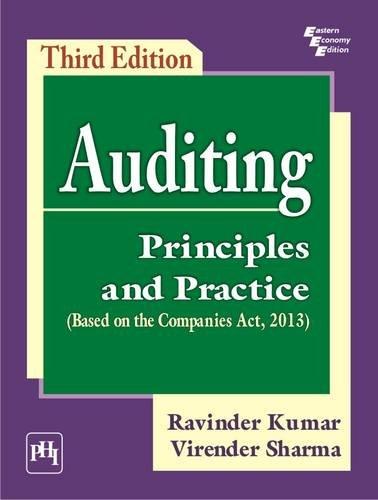Questions:
1- What is the total flexible budget variance for One System's manufacturing costs? Show how the total flexible budget variance is divided into materials, labour, and overhead variances.
2- Have One System's managers done a good job or a poor job controlling material and labour costs? why?
3- Describe how One System's managers can benefit from the standard costing system.

One System assembles PCs and uses flexible budgeting and a standard cost system. One System allocates overhead based on the number of direct materials parts. The company's performance report includes the following selected data: B i Data Table Static Budget (20,000 PCs) $ 7,700,000 Actual Results (22,000 PCs) 8,910,000 2,100,000 al flexible Label 2,250,550 Sales (20,000 PCs X $385 ) (22,000 PCs X $405) Variable manufacturing expenses: Direct materials (200,000 parts $10.50) (218,500 parts $10.30) Direct labour (40,000 hrs. * $14.20 ) (42,500 hro. $14.80) Variable overhead (200,000 parts $3.90 ) (218,500 parts $4.00) Fixed manufacturing expenses: Fixed overhead 568,000 629,000 780,000 874,000 CH Total cost of goods sold Gross profit 900,000 4,348,000 3,352,000 $ 930,000 4,683,550 4,226,450 Requirement 1. Determine the company's standard cost for one unit First, select the formula, then compute the standard cost per unit. (Round your answer to the nearest cent.) Standard total manufacturing costs Standard units sold = Standard cost per unit 4,348,000 20,000 = $ 217.40 Requirement 2. Prepare a flexible budget based on the actual number of PCs sold. One System Flexible Budget for Actual Outputs Sales revenue $ 8,470,000 Variable manufacturing expenses: Direct materials 2,310,000 Direct labour 624,800 Variable overhead 858,000 Fixed expenses Fixed overhead 900,000 Total cost of goods sold 4,692,800 Gross profit 3,777,200 Requirements Requirement 3. Compute the price variance for direct materials and for direct labour. Begin by determining the formula for the price variance, then compute the price variances for direct materials (DM) and direct labour (DL). (En ( Actual price per input unit . Standard price per Input unit) Actual quantity of input = Price variance DM ( $ 10.30 10.50 218,500 = $ 43,700 F DL ($ 14.80 14.20 42,500 = $ 25,500 U Requirement 4. Compute the efficiency variances for direct materials and direct labour Begin by determining the formula for the efficiency variance, then compute the efficiency variances for direct materials (DM) and direct labour unfavourable (U).) Actual quantity of input - Standard quantity of input ) Standard price per input unit = Efficiency variance DM C 218,500 220,000 ) $ 10.50 $ 15,750 F DL 42,500 44,000 14.20 $ 21,300 Requirement 5. For manufacturing overhead, compute the total variance, the flexible budget variance, and the production volume variance. (E (U).) One System Manufacturing Overhead Variances Total overhead variance: Actual overhead cost $ Standard overhead allocated to production 1,804,000 1.848,000 Total overhead variance 44,000 F Choose from any list or enter any number in the input fields and then click Check Answer. Requirements Requirement 5. For manufacturing overhead, compute the total variance, the flexible budget va (U).) One System Manufacturing Overhead Variances Total overhead variance: Actual overhead cost $ Standard overhead allocated to production 1,804,000 1,848,000 44,000 Total overhead variance Overhead flexible budget variance: Actual overhead cost Flexible budget overhead for actual outputs Overhead flexible budget variance $ 1,804,000 1,758,000 $ 46,000 U Production volume variance: Flexible budget overhead for actual outputs Standard overhead allocated to production $ - 1,758,000 1,848,000 Production volume variance 90,000 Requirement 6. What is the total flexible budget varinn shaleur mariann Requirement 6. What is the total flexible budget variance for One System's manufacturing costs? Show how the total Label each variance as favourable (F) or unfavourable (U).) Total actual manufacturing costs Total flexible budget manufacturing costs Total flexible budget variance for manufacturing costs Direct material variances: Price 10 Efficiency Total material variances Direct labour variances: Price OD Efficiency Total direct labour variances Overhead flexible budget variance Total flexible budget variance for manufacturing costs












